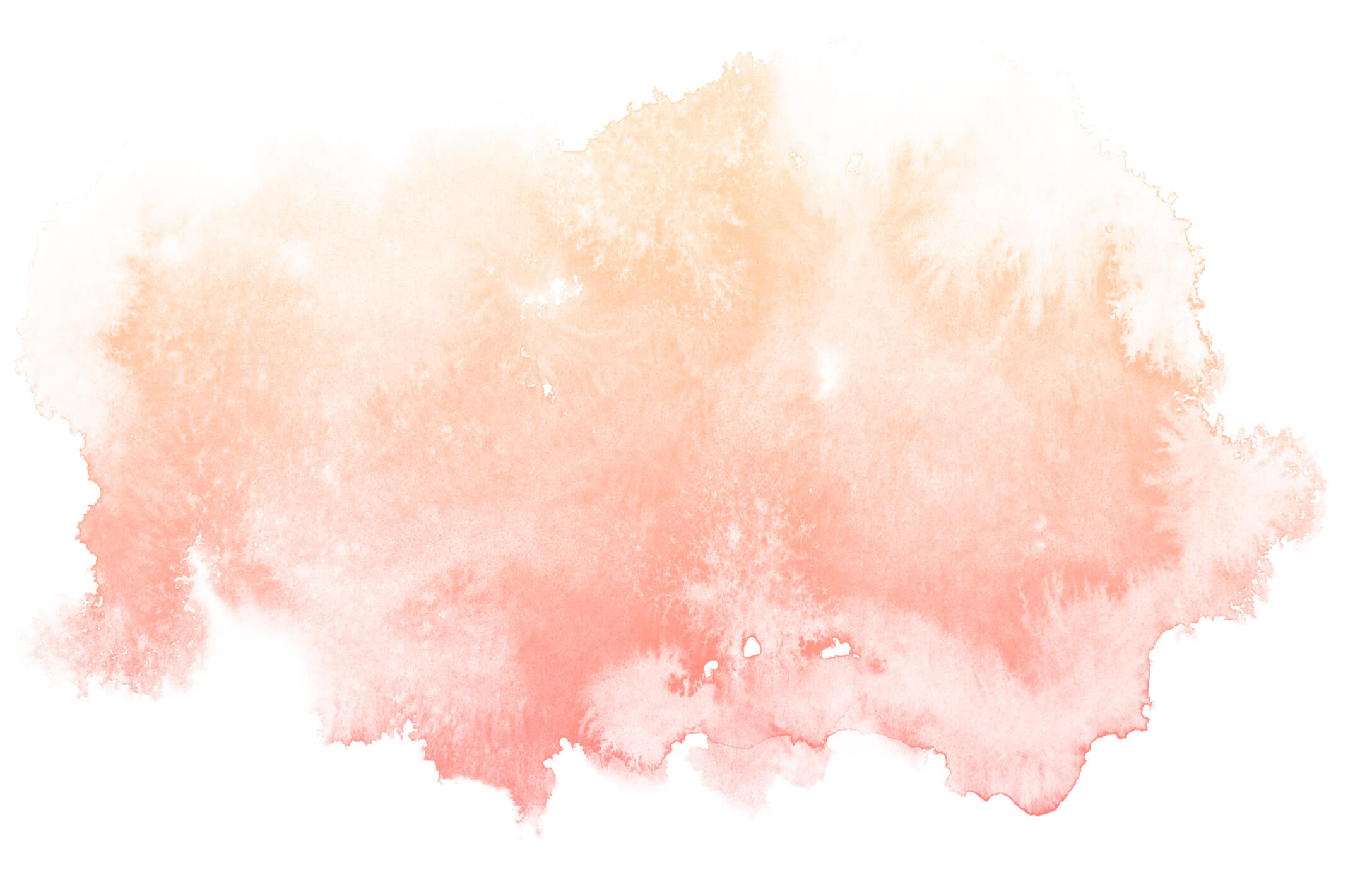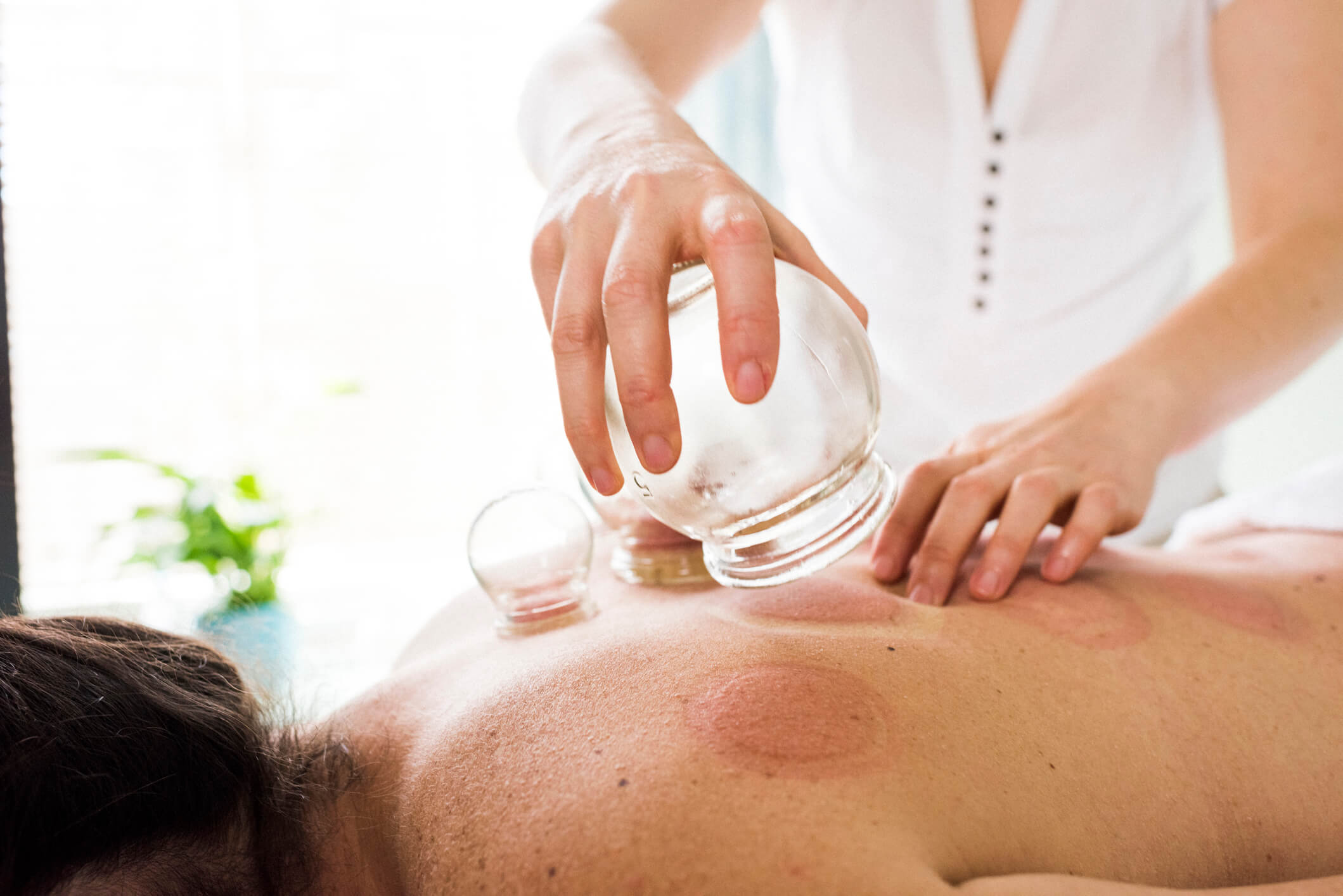Acupuncture stimulates the bodies innate programming of healing and regulation.
Research demonstrates that acupuncture releases endorphins. A release of endorphins helps explain how acupuncture effectively treats pain and often facilitates a parasympathetic, rest & digest, response and feelings of deep relaxation.
By offsetting the stress responses, the body has an opportunity to reset and regain balance, resulting in a greater capacity to function optimally.
Receiving acupuncture will increase certain biochemicals and hormones and lowers others, as needed. It helps reduce local and systemic inflammation. It facilitates the flow of lymph and oxygen-rich blood and physically removes obstructions in the muscles, within and between organ systems, and the fascia.
Schedule office visits Here Schedule in HOME VISITS hereFAQ ‘s for Acupuncture and TCM
TCM is a complete medical system that has been in use for over 2,000 years. It has its own system of diagnosis and treatment.
While it is very effective in preventing illness, it can also remedy acute and chronic ailments, enhance immunity, and alter states of mind.
It encompasses acupuncture, herbal medicines, and adjunctive therapies.
Acupuncture is based on the assumption that energy, Qi, is moving through a network of meridians along the entire body. Like water moves through rivers along the surface of the earth, qi moves through the each and every cell, bone, muscle, and aspect of the body.
Each Organ System has a corresponding channel, for example the Lung System has a Lung channel that starts in the chest and ends at the thumb. With acupuncture, circulation in the channels is adjusted to optimize health and expel any unnecessary external influences. Acupuncture addresses the whole person, constitutionally and is not only treating the symptoms but is treating the root cause of the symptoms.
Thin, individually packaged, sterile needles are inserted into the acupuncture points to communicate with the inside of the body. Acupuncture mobilizes energy, blood, and body fluids invigorating optimal function of blood vessels, muscles, nerves, glands, and organs. Without side effects, acupuncture guides the body back into a natural state of balance, which allows the body the freedom to heal itself.
Acupuncture is not painful. The insertion of acupuncture needles to some feels like a small pinch, but may go unnoticed by others. This is typically followed by a sensation of numbness, tingling, aching, heaviness, warmth, or a radiating sensation.
A first time session will typically last 75-90 minutes, while all follow-up visits will last 60 minutes.
Needles are typically retained for 20 to 45 minutes. It is normal to feel energized after a treatment, or to feel as though you want to continue resting.
Acupuncture is an extremely safe option for treatment with virtually no side effects when administered by an experienced practitioner. If new medication, more injections, or invasive surgery are your current options, consider this safe and conservative therapy first.
In the beginning of treatment I like to see people one a week. As the symptoms improve, I suggest once every two to three weeks and suggest moving on to appointments for well-being and prevention. My goal is to give you the tools and resources you need to be empowered to take your health care into your own hands.
The number of treatments will depend on the condition being treated. Chronic conditions generally take longer to treat than do acute conditions like colds or recent injuries. Some illnesses will resolve in one to three treatments and others may take more.
Acupuncture is effective in treating the following disorders
Women’s Health
- Fertility
- Pregnancy – Morning sickness and well-being maintanence
- Peri-menopause
- Menopause
- Hormone regulation / PMS
- Irregular or painful periods
- Labor pain
Physical & Emotional
- Anxiety
- Depression
- Insomnia
- Stress
- Side effects of Cancer Treatment
Musculoskeletal
- Joint pain, tendonitis
- Stiff and painful neck and back
- Sciatica
- Headaches
- Sprains
Auto-immune Disorders
- Chronic fatigue
- Lupus
- Fibromyalgia
- Rheumatoid arthritis
- Lyme disease
- MS
Gastrointestinal Disorders
- Diarrhea
- Acid reflux
- Constipation
- GERD
- Gas and bloating
Respiratory Disorders
- Allergies
- Colds/flus
- Asthma
Guasha
Guahas is a technique that the practitioner uses to gently stimulate the skins surface with a smooth edged tool, like a spoon. It is used to promote blood circulation, assist in releasing pain or stagnation from the muscles and fascia throughout the body. Guasha can provide relief from pain, stiffness, fever, chills, cough and other acute respiratory illness.
Moxabustion
Moxabustion is a warming technique to aid in the flow of qi, strengthen the blood and maintain good health. It promotes healing by burning the Chinese herb, mugwort over specific acupuncture points. It has been used throughout Asia for thousands of years.
Cupping
Cupping consists of glass jars applied to the body with a partial vacuum. This technique, like guasha, is another method of treating pain and stagnation in the body, by drawing up the underlying tissue. Cupping can be used to treat arthritic pain, headaches, muscles soreness, stomachaches, plantar fasciitis and other ailments.





